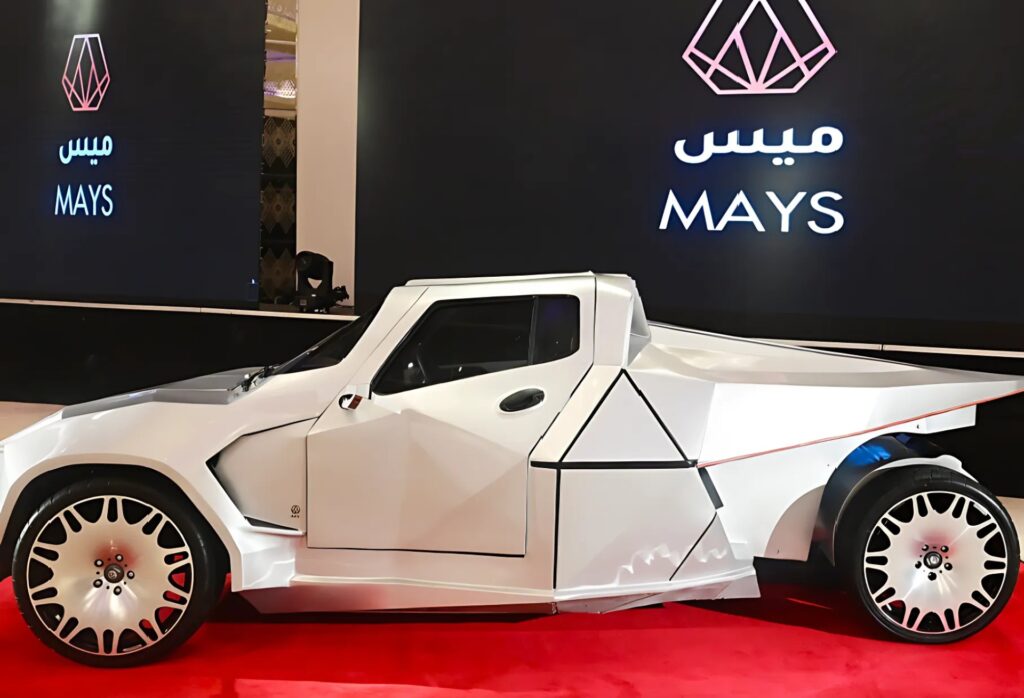Oman’s Electric Vehicle Revolution: Driving Toward a Sustainable Future
As the Sultanate of Oman strides toward its ambitious Vision 2040 goals, the nation is embracing a transformative shift in its transportation sector: the rise of electric vehicles (EVs). With a commitment to achieving net-zero emissions by 2050 and reducing reliance on fossil fuels, Oman is positioning itself as a regional leader in sustainable mobility. This blog explores how electric vehicles are gaining traction in Oman, the initiatives driving this change, and what it means for the country’s future.
Why Electric Vehicles Matter for Oman
Oman, traditionally known for its oil and gas industry, is diversifying its economy and energy sources to align with global sustainability trends. The transportation sector, a significant contributor to carbon emissions, is a key focus for decarbonization. Electric vehicles, powered by clean energy, offer a pathway to reduce greenhouse gas emissions, improve air quality, and enhance energy security by decreasing dependence on fossil fuels.
The country’s abundant renewable resources, such as solar and wind, provide an ideal foundation for powering EVs with clean electricity. Additionally, Oman’s strategic location and investment-friendly policies make it an attractive hub for EV adoption and related infrastructure development.
Government Initiatives Fueling the EV Movement
Oman’s government has introduced several measures to accelerate the adoption of electric vehicles, aligning with its National Strategy for an Orderly Transition to Net Zero. Here are some key initiatives:
- Ambitious Renewable Energy Targets: Oman aims to derive 30% of its electricity from renewable sources by 2030, which will support the charging infrastructure needed for EVs. This includes expanding solar and wind projects to ensure a sustainable energy supply for the transport sector.
- Incentives for EV Adoption: To encourage consumers to switch to electric vehicles, the government has implemented policies such as exemptions from value-added tax (VAT) and vehicle registration fees for EV owners. These financial incentives make EVs more accessible to the public.
- Public Transportation Overhaul: Oman is modernizing its public transportation system, with plans to integrate electric buses and other EV-based solutions. For instance, Mwasalat, Oman’s national transport company, has partnered with private entities to introduce hydrogen-powered taxis, signaling a broader shift toward clean mobility solutions.
- Infrastructure Development: The government is investing in charging infrastructure to support EV adoption. The installation of smart meters and the development of green zones are part of Oman’s strategy to create a robust ecosystem for electric vehicles. Additionally, the Oman Sustainability Center is overseeing initiatives to ensure the infrastructure aligns with carbon neutrality goals.
Challenges to Overcome
Despite the enthusiasm for EVs, Oman faces challenges in scaling up adoption. Consumer preference for internal combustion engine (ICE) vehicles, coupled with the relatively low cost of fossil fuels, poses a hurdle. Less than 1% of new vehicle sales in Oman were electric last year, highlighting the need for greater public awareness and infrastructure development.
Moreover, the lack of widespread charging stations and the need for a system overhaul to support a green-friendly grid are significant barriers. The government is addressing these challenges by allocating land for renewable energy projects and encouraging private-sector investment in EV infrastructure.
Key Projects and Partnerships
Several projects are driving Oman’s EV revolution:
- Dhofar Wind Farm: Located in the Dhofar governorate, this wind farm is one of several renewable energy projects that will power EV charging stations and contribute to the national grid’s sustainability.
- Manah Solar IPP: This independent power project is part of Oman’s plan to expand solar energy capacity, which will support the growing demand for clean electricity to charge EVs.
- Private-Sector Collaboration: Companies like Petroleum Development Oman (PDO) and OQ are partnering with international firms to integrate renewable energy into their operations, including powering EV fleets. For example, PDO aims to cut its emissions by 50% of 2019 levels by 2030, partly through EV adoption.
- Sahim Initiative: This program encourages the installation of small-scale solar panels on residential and commercial buildings, which can be used to charge EVs, promoting decentralized energy solutions.
The Road Ahead
Oman’s push for electric vehicles is more than just a trend—it’s a critical component of the country’s vision for a sustainable and diversified economy. By 2030, the Ministry of Transport aims for 35% of new vehicle registrations to be EVs, a target that will require significant investment and public engagement. The transition to electric vehicles is expected to create new economic opportunities, including jobs in renewable energy, infrastructure development, and technology innovation.
The success of this initiative will depend on timely project delivery and collaboration between the government, private sector, and international partners. Oman’s strategic location between Europe and Asia, coupled with its investor-friendly policies, positions it to become a hub for sustainable transportation in the region.
Conclusion
Oman’s electric vehicle revolution is a testament to its commitment to sustainability and economic diversification. By leveraging its renewable energy potential, implementing supportive policies, and fostering partnerships, the Sultanate is paving the way for a cleaner, greener future. As more Omanis embrace electric vehicles, the nation is not only reducing its carbon footprint but also setting an example for the region in the global transition to sustainable mobility.

Latest Posts
You Might Also Like
Icons Oman is a premier platform spotlighting the nation’s most influential leaders, visionary CEOs, iconic businesses, and rising changemakers shaping Oman’s future.
TOP NEWS
Copyright 2025 Site. All rights reserved powered by EntaskTech.Com
No Comments